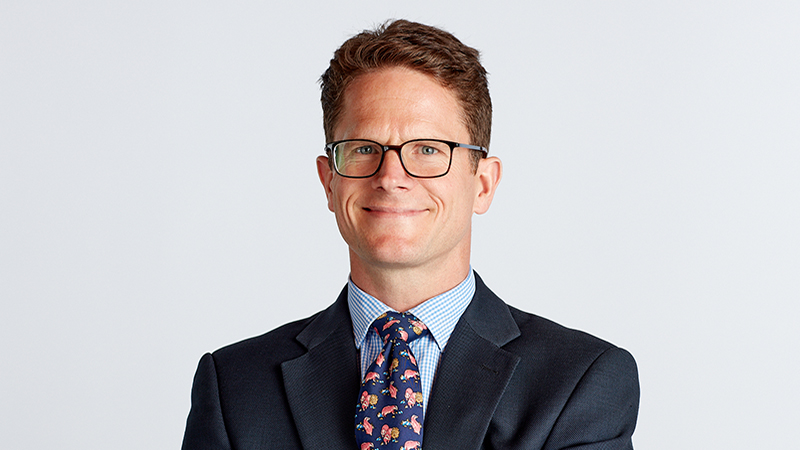Parmenion Investment Management CIO Peter Dalgliesh (pictured) believes there are ‘glaring’ opportunities brought about by small-cap valuations across a range of regions, including the UK.
“By taking their foot off the brakes, there is scope that central banks can start to slowly but surely row back interest rates, which we think will then further support underlying economic growth,” he says. “This means that, actually, it seems reasonable to be adding a little risk at this point in time.”
He tells Portfolio Adviser the firm is doing this by increasing its exposure to smaller companies.
“As an advocate of medium to long-term investing, we’re very interested in how depressed small caps are in a number of geographies. That is not only in the UK, it extends into Europe and the emerging market space, but also crucially into the US due to that relativity of valuations.
“Historically, US small caps are traded at a premium. And now, those valuations are trading more in line with the market. On a historical basis, that is something of interest for us. It makes us increasingly minded that if there is an economic slowdown, then what we’re looking for is which asset classes we think are priced to reflect that. In that regard, we think that the small-cap space is increasingly pricing in a slowdown.
“In certain areas, such as the UK for example, we think it’s priced for the recession that did indeed happen. So we’ve added some risk, in the UK and in Europe. We’ve brought those from being underweight to neutral. At the beginning of the year in our strategic asset allocation within our high-risk segment, we added global small caps alongside emerging markets, Asia Pacific, in order to enhance and further strengthen that diversification.”
See also: Parmenion: The changing face of fund research
‘Engine room’ of the economy
While the UK is in the midst of a general election campaign, Dalgliesh argues the case for small caps should remain unchanged.
He says: “There are long-term arguments and justifications for being interested in UK and European small caps at this particular point in time. I’m not seeing reasons why that’s going to come unstuck just because we happen to be going into the UK election process, and I would extend that to the US at this point as well.
“We will learn the finer details in due course, but what gives me encouragement is that Labour has been at pains to point out what they believe some of the inherent problems are within the UK economy, and investment is a core plank of that.
“If they are going to follow through with this, then I would expect that to be a favourable environment for small caps, which are ultimately the engine room of the UK economy.”
See also: FE FundInfo: UK small caps top May performance charts
The negative investor sentiment towards the UK has been well-documented. The latest IA fund flow data for April revealed a £1.3bn net outflow for UK-focused funds, continuing a pattern of withdrawals seen over the last few years.
Despite the negativity, Dalgliesh says the obvious question for an investor is ‘what’s not already priced in?’
He says: “The election campaigns haven’t thrown anything glaringly worrying for investors so far, and therefore, we can stay focused on the fundamentals, which is looking at how small caps are operating at the moment.
“There will be certain small and mid caps that are finding life difficult, but on the whole, they are operating well. Cash flow is reasonably robust and strong, and yet they’re trading on depressed valuations. That strikes as being an opportunity, because there’s an inconsistency there.”
Dalgliesh, however, also argues that the composition of the UK market makes it an attractive proposition for multi-asset investors.
“The UK’s index composition is very different from that of many of our developed market peers. If we think about cyclical exposure, the UK has 52% in cyclicals, spread across basic materials, energy, financials, and industrials. There is 44% in Europe, which is another leader in that space.
“If you compare that to the US, which is so skewed by technology, as an investor within a multi-asset structure you’re able to add diversification that is to the benefit of the underlying investor, in light of the fact that we simply don’t know what will happen in due course. But by doing this, you are adding additional diversification as an attractive value agent.”










